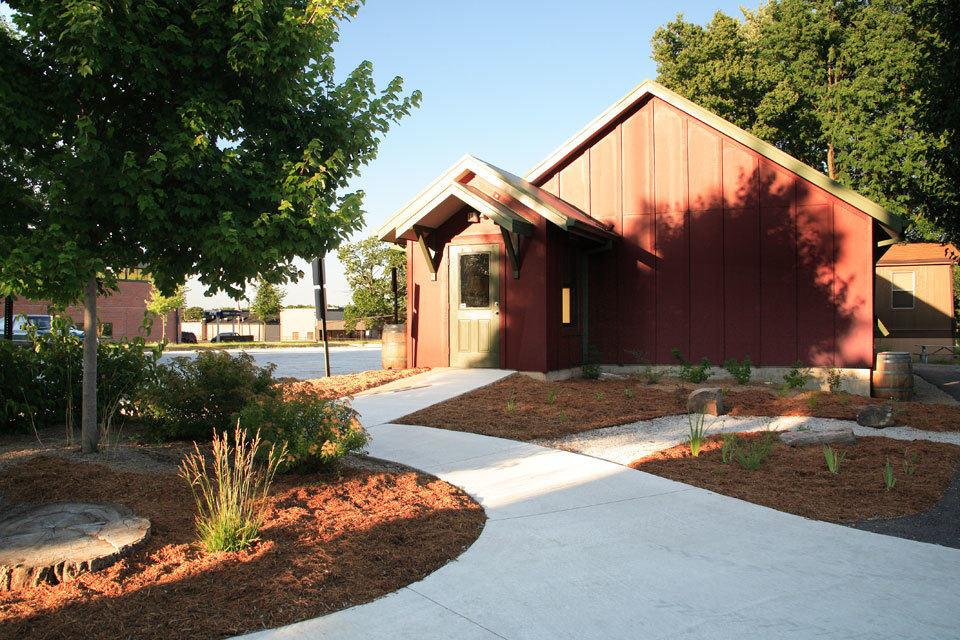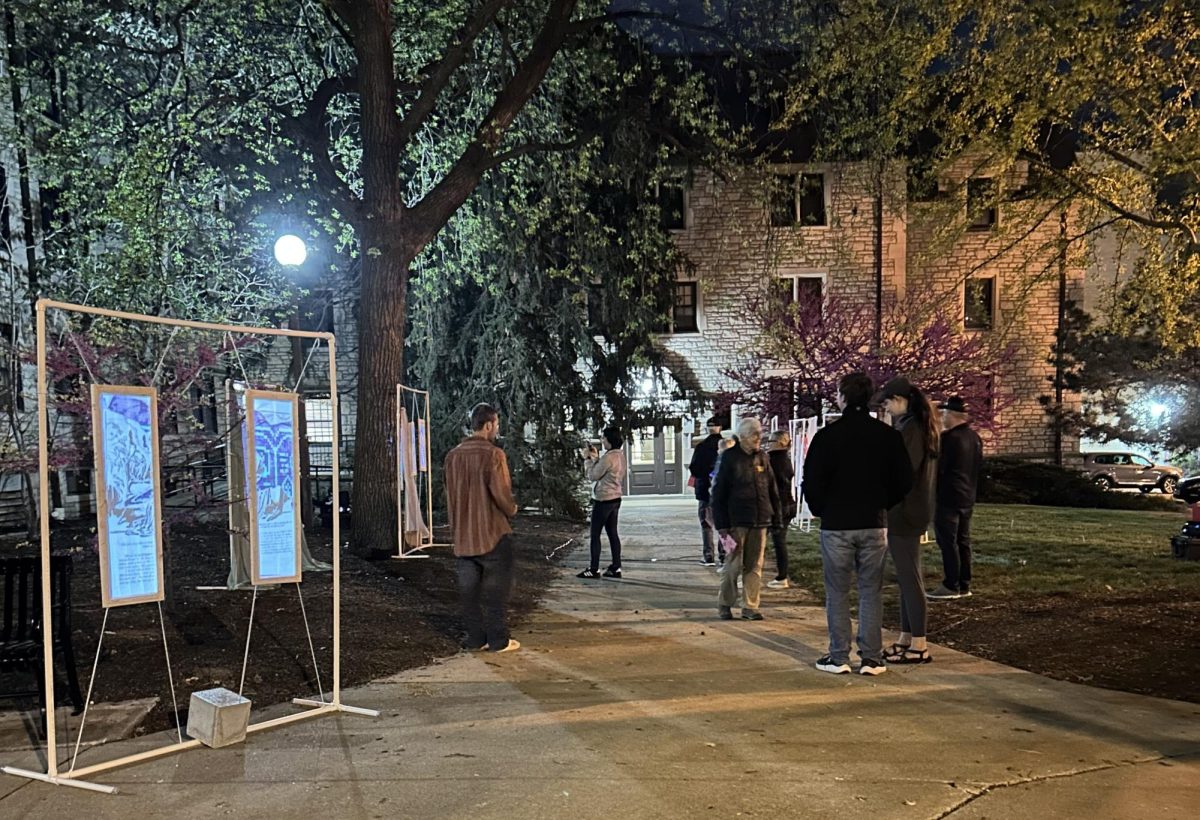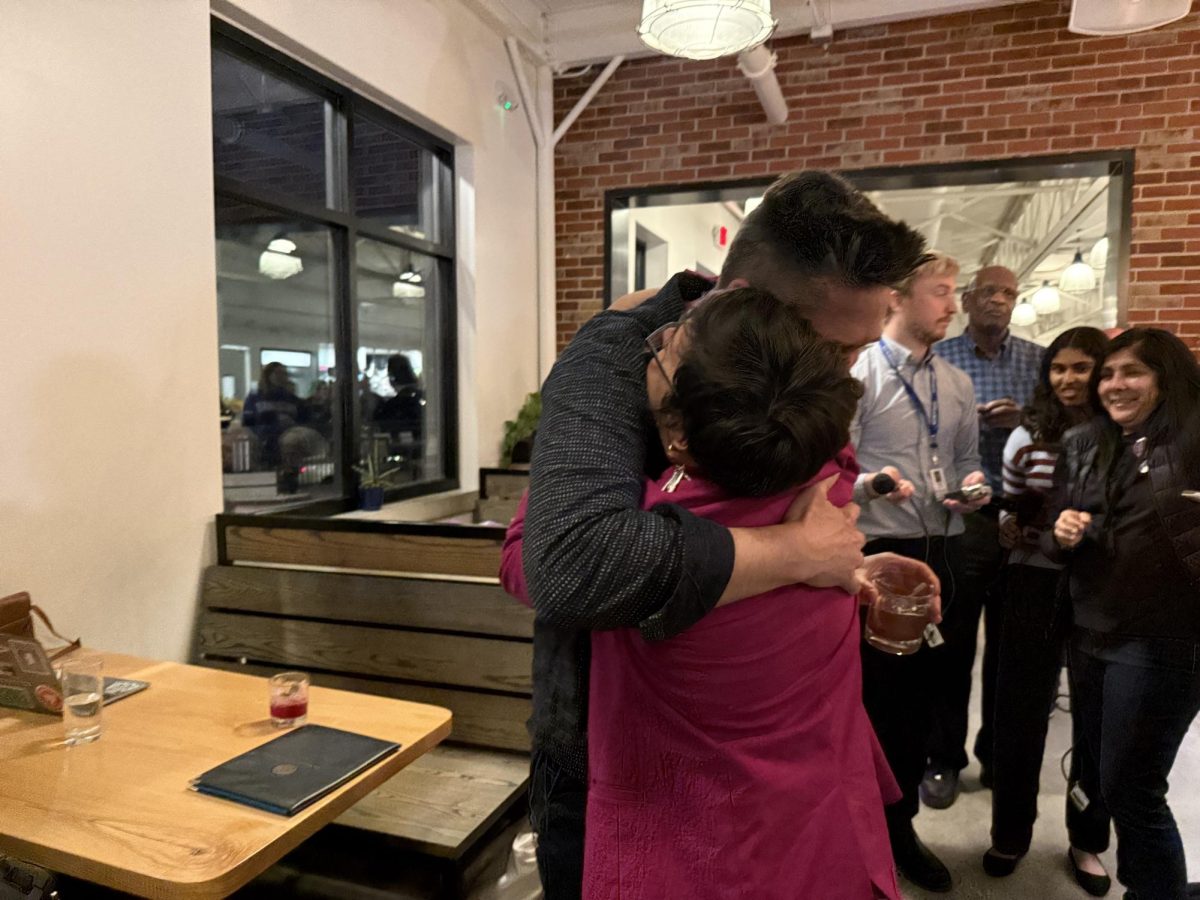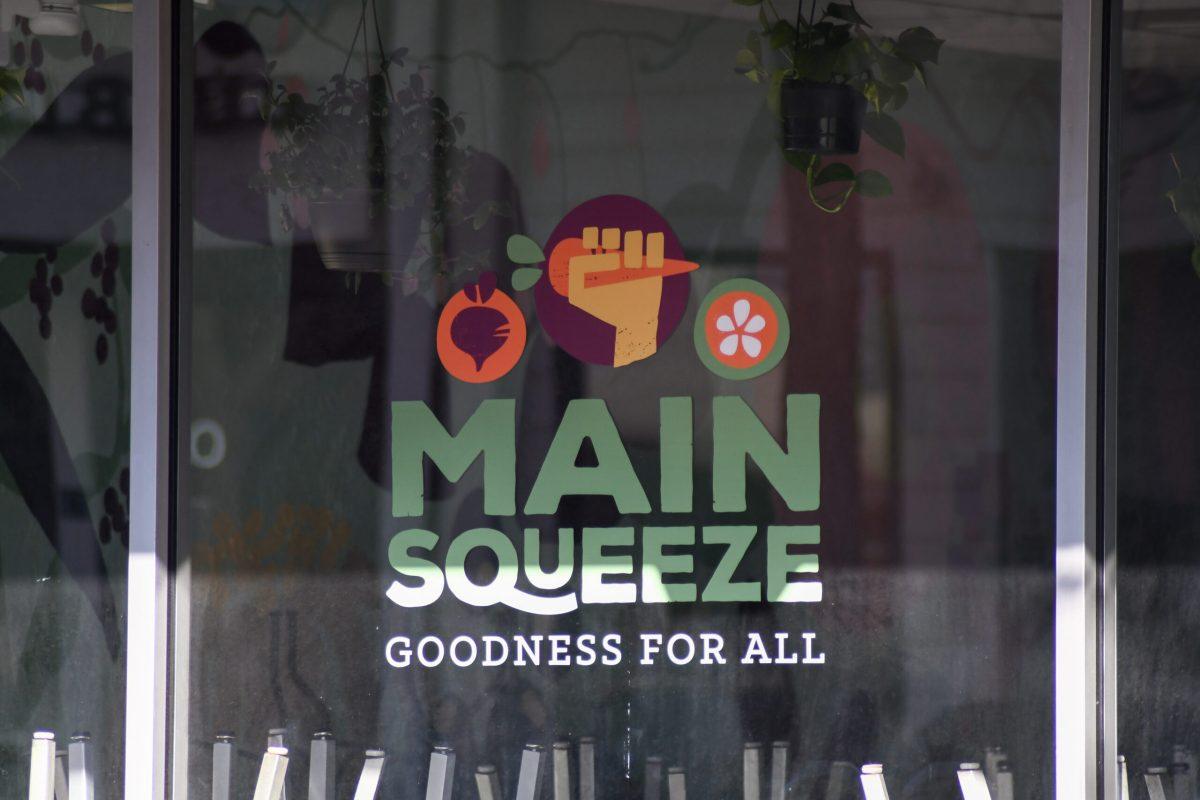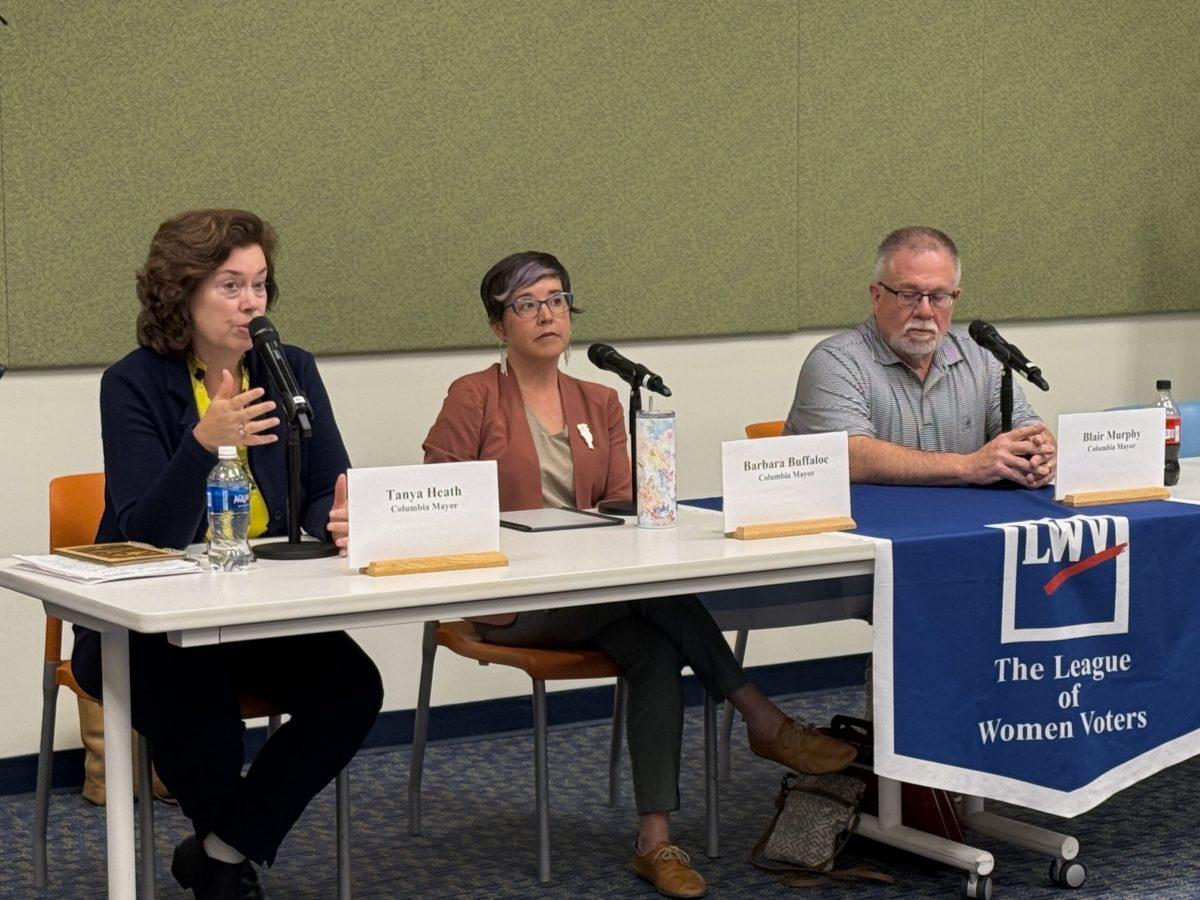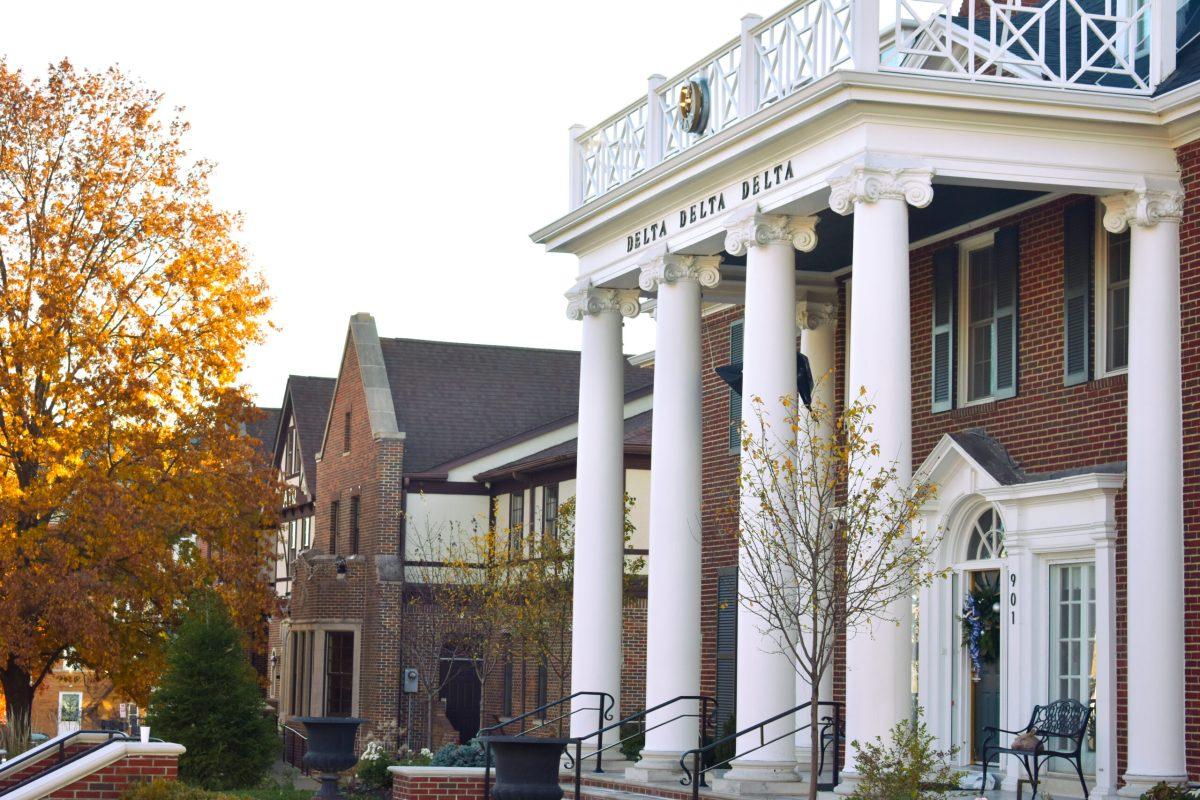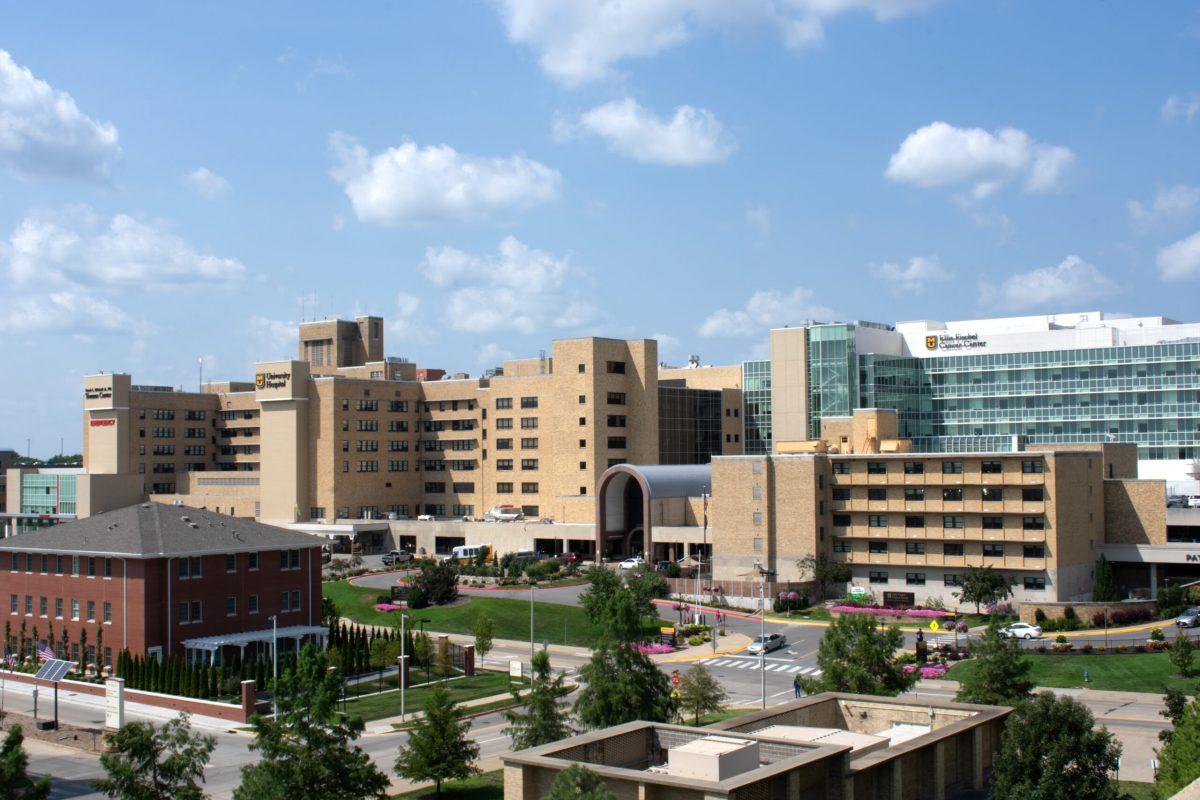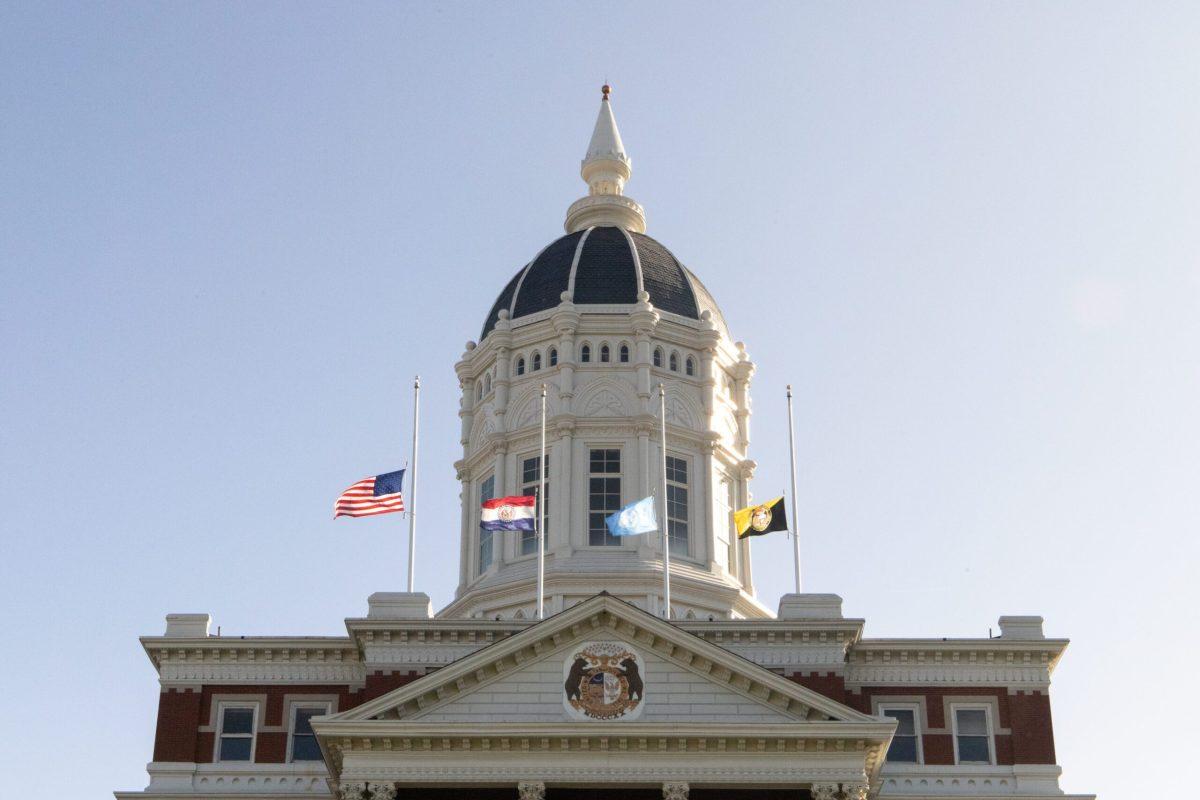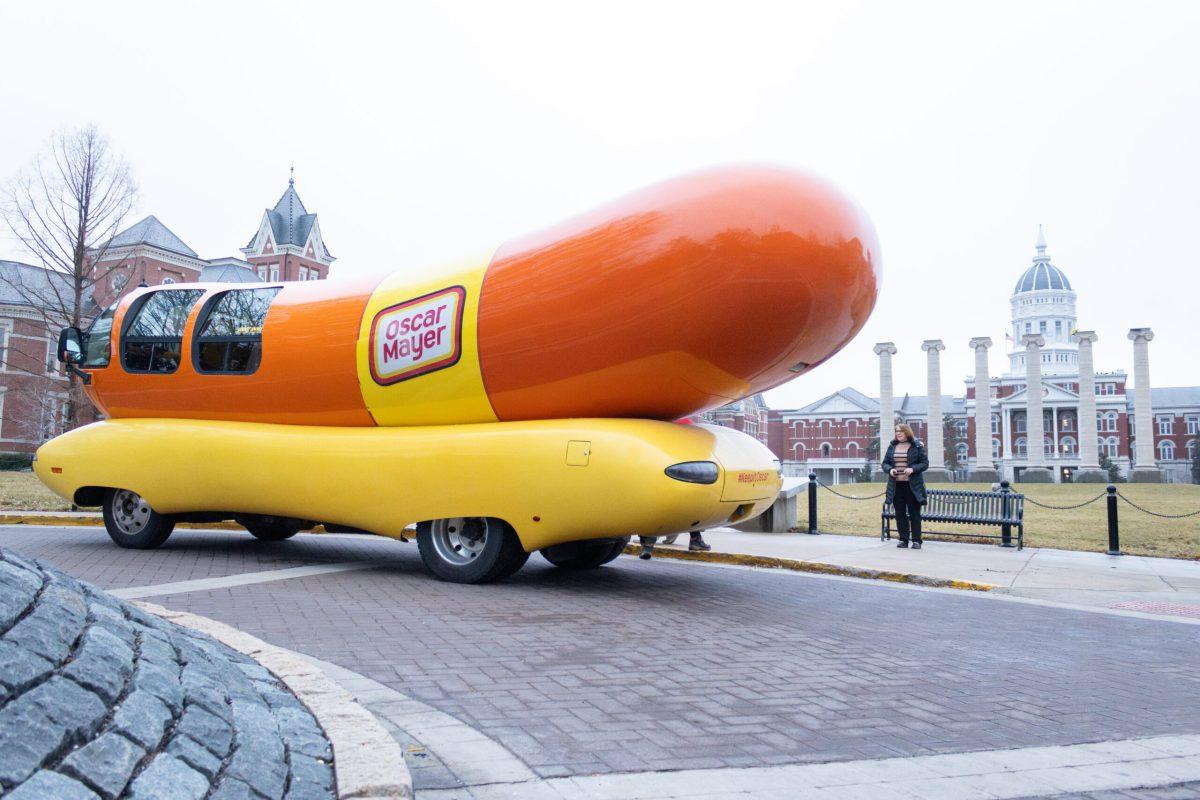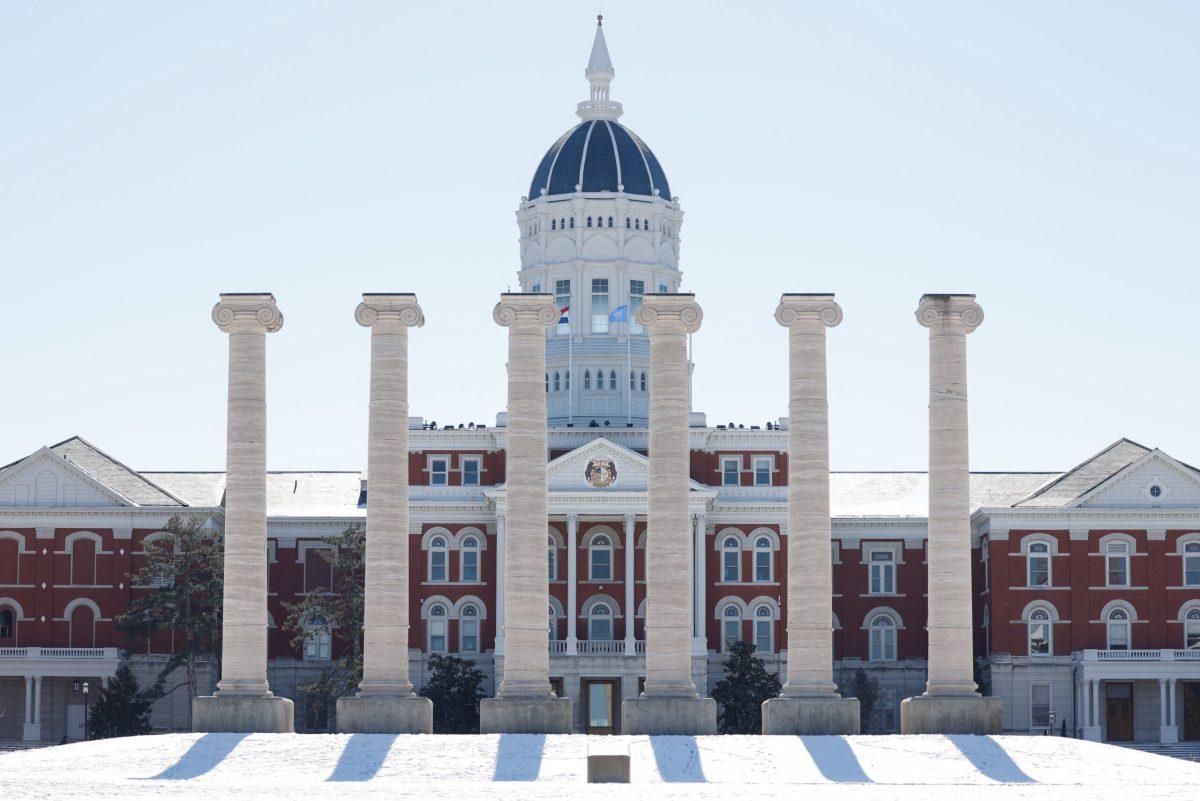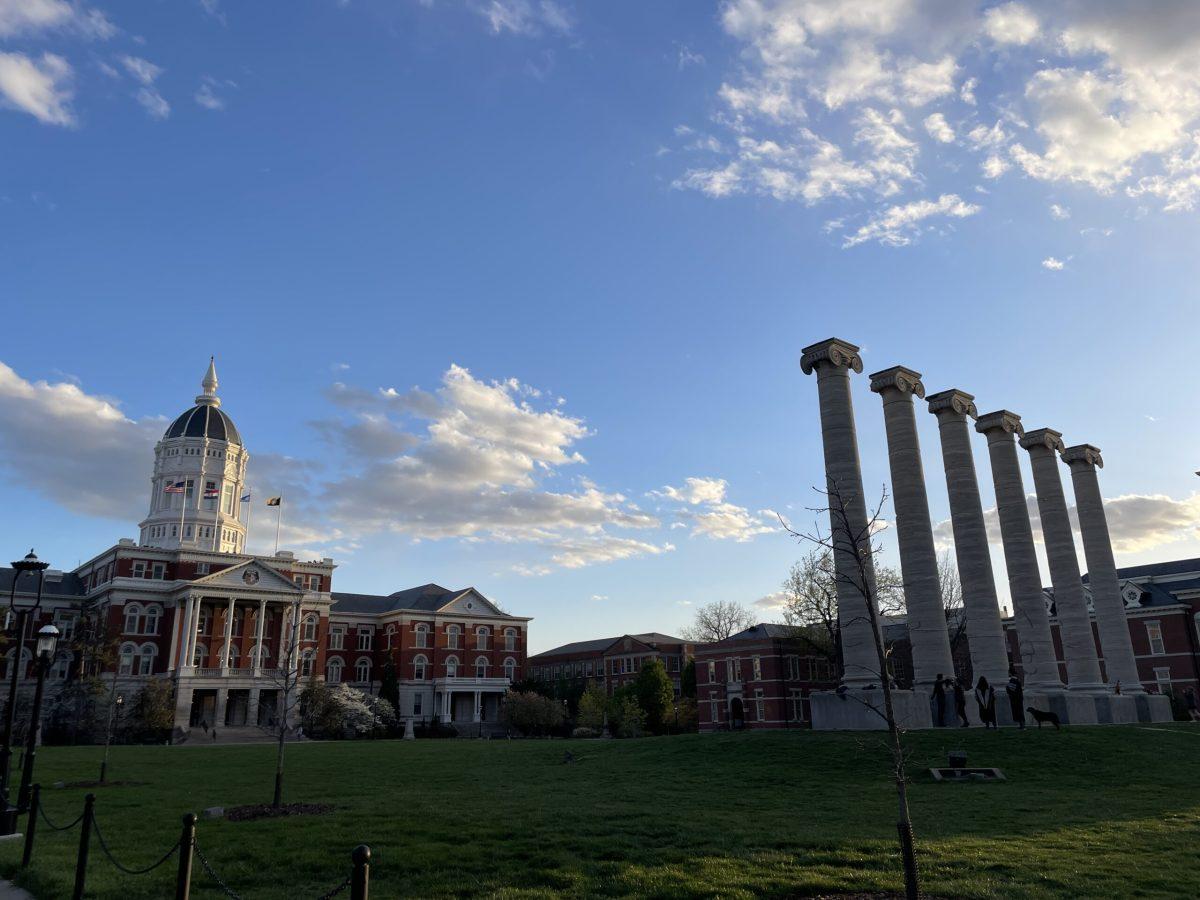When a portable trailer classroom at Ulysses S. Grant Elementary School burned down in 2007, PWA Architects, Inc. collaborated with the school to build a “green” classroom building in its place.
The building, deemed “The Eco Schoolhouse,” was completed in 2008 and sits adjacent to the main school building. One of Grant Elementary’s fifth-grade classes meets in the green building, while another meets in a neighboring trailer classroom.
MU researchers Laura Zangori, assistant professor of education, and Laura Cole, assistant professor of architectural studies, partnered with Grant Elementary to study the effects of varied classroom types on the students.
“Our goal was to see how [the students] were able to make connections between themselves and the ecosystem,” Zangori said. “Were they able to see their place within the ecosystem or feel somehow, you know, where humans are at in the ecosystem and what our impact is?”
Cole and Zangori found that students felt genuine connections to the green building and better understood the relationships among themselves, the classroom and the surrounding ecosystem when compared to that of the students in the trailer classroom.
For example, students in the green building told the researchers about the importance of picking up trash, growing native plants, fostering pollinator interactions with said plants and conserving rainwater via rain barrels.
When asked to draw pictures demonstrating the relationships between buildings and nature, students in the green classroom tended to illustrate more positive images and processes.
Cole said that students in the green classroom usually drew good things about their building and how it helped the ecosystem, whereas students in the trailer drew more negative interactions such as people cutting down trees to make room for buildings and other similar themes.
“[Students in the trailer] knew enough that they could tell you why their trailer was not green,” Cole said. “They were hating on the trailer, really, and a lot of that obviously had to do with the fact that right next door to the trailer was this very eco-friendly little schoolhouse that they could compare to. But in the greater sense, that’s kind of nice that they at least had it as an educational tool to compare their trailer to, and learn something in making that comparison.”
The Eco Schoolhouse utilizes unique features such as skylights, floor tiles made from locally-grown corn, an energy-saving airlock entryway, insulated solar panels and a light-colored roof that reflects heat. A complete diagram and description of the building’s features can be found on the [PWA website](http://pwarchitects.com/portfolio-items/the-eco-schoolhouse/).
Even seemingly simple things like the placement of windows were discussed in terms of the green building in order to help students understand how the direction and spacing of windows can maximize heating and cooling.
“I think that just the experience really made [the students] more conscious of electricity and why is it important that you shut your doors or turn off the light when you’re done,” Zangori said.
Moving forward, Cole and Zangori hope to create and establish an elementary-level curriculum that makes it easier for teachers to incorporate science into their everyday lessons. Currently, Columbia Public Schools does not place a large emphasis on science, according to Cole. Students are not heavily tested on the subject, so it is primarily up to individual teachers to foster those conversations if they see fit.
The Energy in Your Environment, or EYE project, will focus on energy literacy in youths and ways in which elementary educators can use green and non-green buildings alike to teach about energy concepts.
Proposals have been written for the project, and researchers are currently waiting on funding.
_Edited by Alex Fulton | afulton@themaneater.com_

